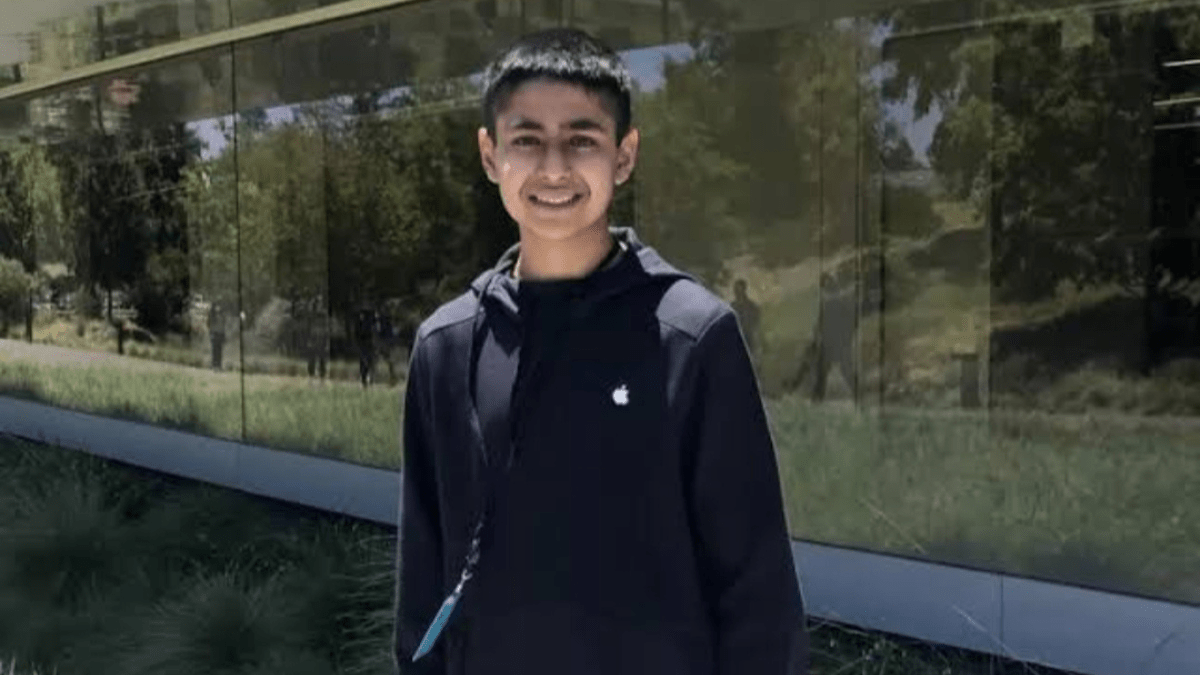Four of the creative apps that Adrit Rao has created are accessible through the App Store.
Adrit Rao, a 16-year-old coding whiz and AI enthusiast, is making a name for himself in the cutting-edge fields of app development and digital health.
The Palo Alto, California, adolescent has already received recognition from Apple, released a few apps, and is currently working at Stanford University on innovative research projects that aim to use artificial intelligence (AI) to revolutionize healthcare.Rao studied computer science more thoroughly and started looking at conventional programming languages.
Rao won the Worldwide Developers Conference Swift Student Challenge at the age of twelve. He also got the unique chance to meet Tim Cook, the CEO of Apple, thanks to the occasion.Exploring the realm of applicationsRao is the creator of several creative apps, four of which are listed on the App Store.
MoTV is one of them; it assists users in locating films and television series. ShopQuik was a crowdsourced app that tracked wait times at nearby grocery stores during the epidemic; Apple banned it because it was outdated.Inspired by pandemic constraints, Virtuthon is a program that provides a virtual experience of a walkathon. Arètech Inc., Rao’s employer, and the Get Involved Foundation collaborated to create another innovation, Get Involved Service Hours, which facilitates volunteer work.
Using the iPhone camera, the AI-powered app Signer converts sign language movements into voice.Traveling with StanfordWhen he was thirteen, Rao started a research internship at Stanford University in an effort to use artificial intelligence (AI) to address healthcare issues. He has devoted the last three years to developing user-friendly apps that use artificial intelligence to diagnose vascular disorders.His most notable invention, the iPhone app AutoABI, uses arterial sounds to identify peripheral artery disease.
The innovative technology is presently undergoing clinical studies and the patent application process. Rao’s expertise in digital health solutions, which have the potential to transform patient care delivery, has been demonstrated by his publication of over ten scientific research publications and his contribution to the use of AI to detect aneurysms in CT images.Rao is still pushing the envelope; in addition to AutoABI, he has developed an AI system for CT scan aneurysm detection and contributed to Stanford’s Spezi ecosystem, which enables the development of modular apps for digital health.
His work on the LLMOnFIRE application is a prime example of how generative AI may revolutionize health literacy.
On AI At the age of thirteen, Rao came across an article that sparked his interest in artificial intelligence. He claims that the coveted research fellowship at Stanford University was made possible by his curiosity about the seemingly endless possibilities of artificial intelligence to revolutionize medical care.In addition to his prowess with code, Rao launched the nonprofit Aretech Inc. to instruct aspiring young entrepreneurs in virtual app development through boot camps.
Having a passion and being able to access internet resources for learning may truly empower anyone, regardless of age, to make a significant difference.
